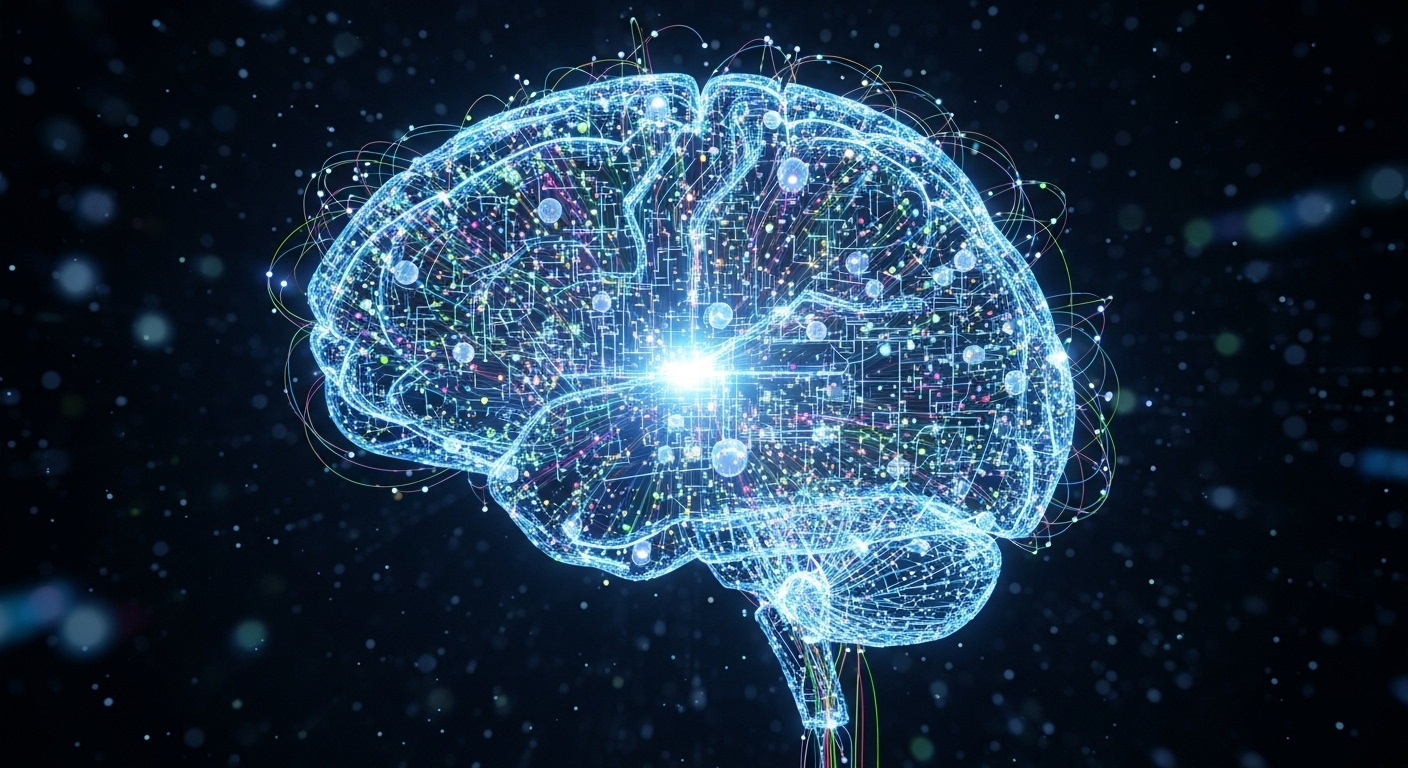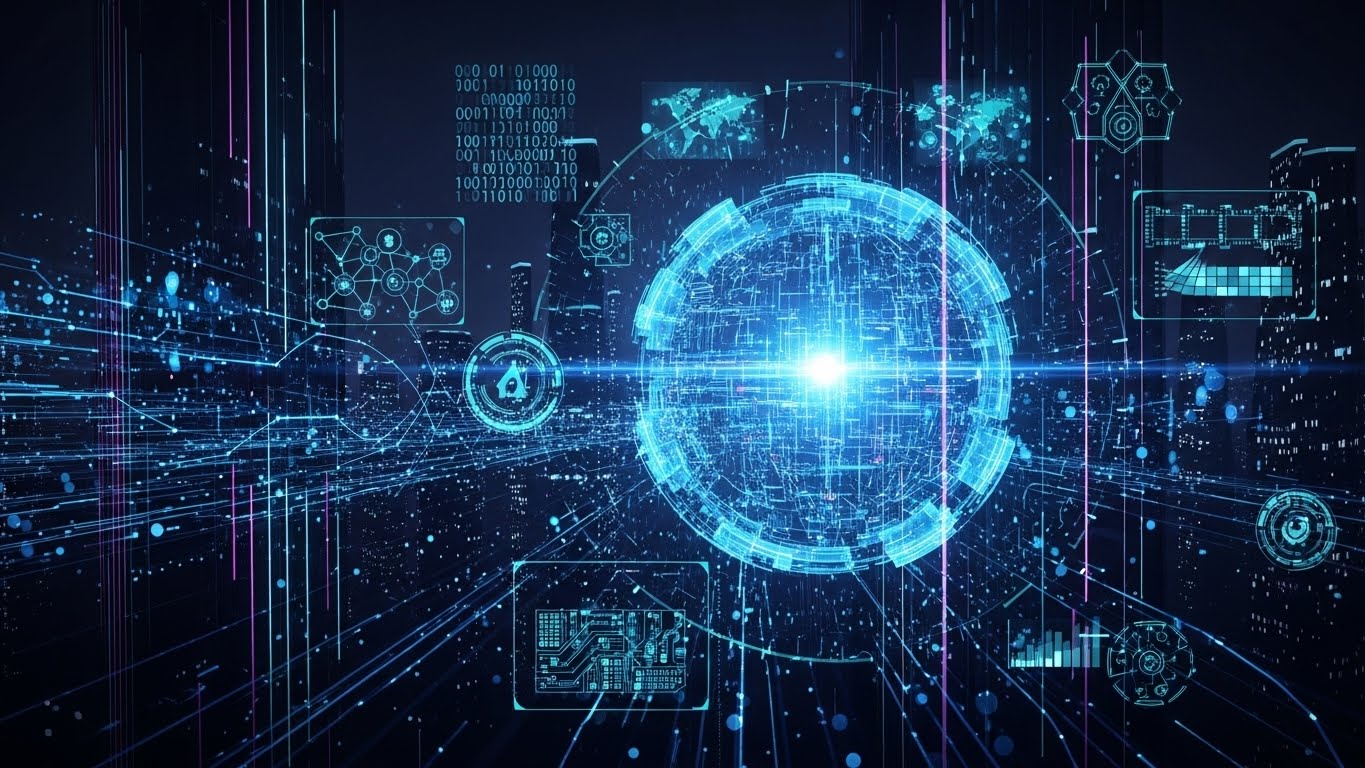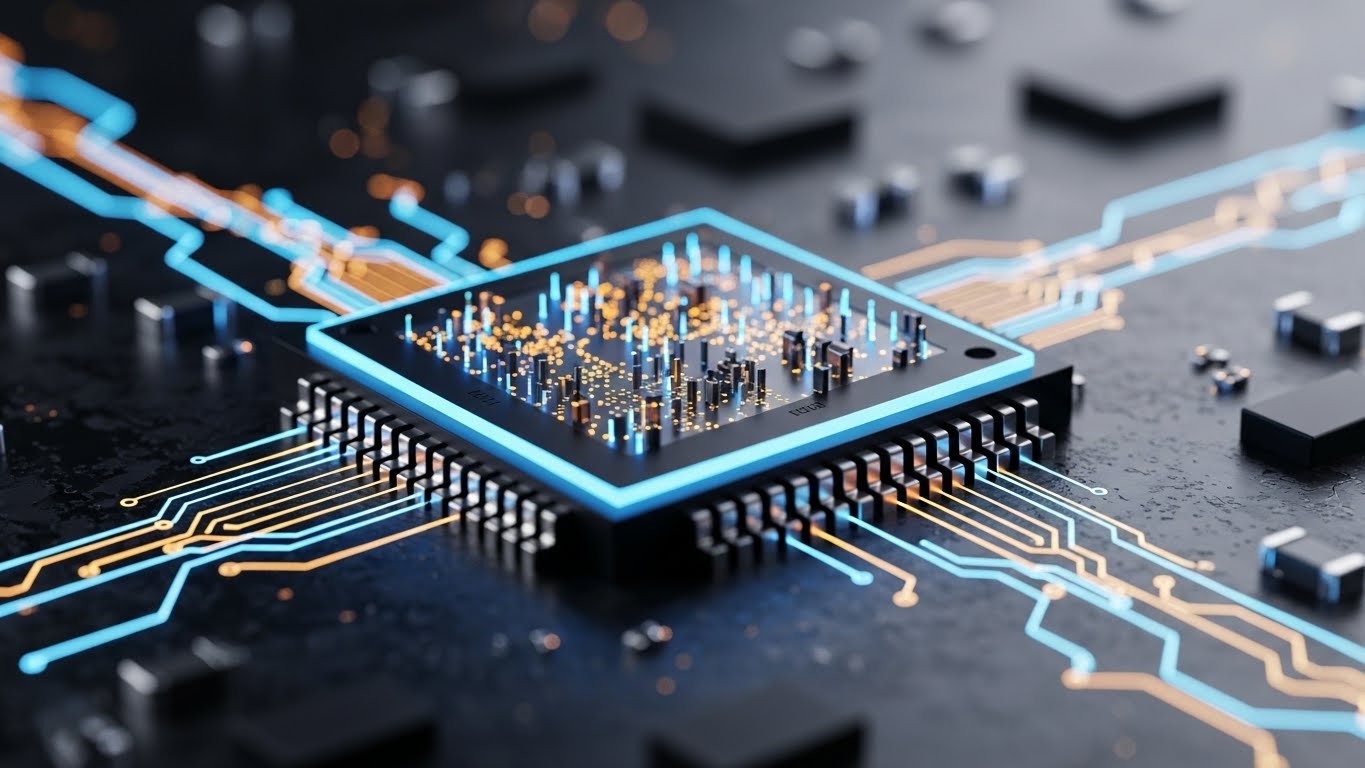Introduction to the Technology Era
Technology has become the backbone of modern civilization. It influences how we work, communicate, travel, shop, learn, entertain ourselves, and even how we think. From the earliest invention of the wheel to today’s quantum computers and artificial intelligence, technology has been a force that shapes societies and transforms cultures. In today’s world, technological progress is moving at a speed faster than any previous era, making it essential to understand its impact on daily life, industries, and the future of humanity.
The Evolution of Technology Over Time
The journey of technology began with basic tools made of stone and wood. Over time, humans started discovering metals, inventing the wheel, developing irrigation techniques, and advancing agricultural methods. These early innovations laid the foundation for future developments. The industrial revolution brought machines powered by steam and later electricity. Mass production became possible, transportation evolved through trains and cars, and life began to change rapidly.
The 20th century introduced computers, satellites, and the internet. These developments launched humanity into the digital age. Now, technology is not only physical but also digital. Software, data, networks, and intelligent systems are the new engines of progress. The evolution continues every day, with breakthroughs like artificial intelligence, blockchain, nanotechnology, and biotechnology becoming part of mainstream discussions.
Digital Transformation in Modern Society
Digital transformation refers to the integration of digital technologies into all aspects of life and business. It changes how organizations operate and deliver value to customers while also influencing social behavior and personal lifestyles. Businesses now rely on digital tools for communication, marketing, sales, and logistics. Governments use technology to manage records, deliver services, and even conduct elections in some regions.
People have also adapted to this digital transformation. Smartphones have become companions for most individuals, allowing them to access information, shop online, connect with loved ones, and navigate unfamiliar places. Education has shifted toward digital classrooms, online courses, and virtual labs. Health services now include telemedicine and wearable devices that monitor vital signs. This transformation continues to evolve, shaping the way we live and interact.
Artificial Intelligence and Machine Learning
Artificial intelligence is one of the most powerful technological developments of this era. It refers to machines or software that can perform tasks requiring human intelligence, such as problem-solving, decision-making, language understanding, and learning from data. Machine learning, a branch of artificial intelligence, enables systems to learn from experience without being directly programmed for every task.
AI is present in everyday life. Voice assistants on smartphones, recommendation systems on streaming platforms, spam filters in email, and navigation apps are all powered by AI. In industries, AI is used to detect fraud in financial systems, diagnose medical conditions using imaging data, optimize supply chains, and predict equipment failures in factories.
However, AI is not without challenges. Concerns around data privacy, job displacement, algorithmic bias, and ethical use of AI are major topics of discussion. Governments and organizations are working to create rules and guidelines to ensure responsible use of artificial intelligence.
The Internet of Things and Smart Devices
The Internet of Things refers to a network of physical objects connected to the internet, able to collect and exchange data. These objects include everyday items such as refrigerators, watches, cars, lights, and industrial machines. IoT devices make environments smarter by automating tasks and providing real-time data.
Smart homes are a common application of IoT. In a smart home, devices like thermostats, lights, security cameras, and door locks can be controlled remotely using a smartphone. They can also learn user preferences and adjust automatically to save energy or improve comfort. Smart cities use IoT to manage traffic, monitor pollution, control street lighting, and improve public safety.
In industries, IoT helps in predictive maintenance, tracking inventory, monitoring production lines, and increasing efficiency. Agriculture benefits from IoT through sensors that measure soil moisture, weather conditions, and crop health. Despite its advantages, IoT also introduces concerns related to security and privacy, as more devices connected to the internet increase the risk of cyberattacks.
Cloud Computing and Data Storage
Cloud computing has revolutionized how data is stored, processed, and accessed. Instead of relying only on local computers or physical servers, individuals and organizations can now use remote servers hosted on the internet to store files, run applications, and process information. Cloud computing offers flexibility, scalability, and cost efficiency.
There are different types of cloud services, including software as a service, platform as a service, and infrastructure as a service. These services allow businesses to run complex applications, manage databases, and deploy websites without investing in expensive hardware. Cloud storage is also popular among individuals who store photos, documents, and videos for easy access from any device.
The growth of cloud computing has also supported the rise of big data, artificial intelligence, and remote work. However, it requires strong cybersecurity measures to protect sensitive information from unauthorized access and cyber threats.
Cybersecurity in a Digital Age
As more systems and devices become connected, the risk of cyber threats increases. Cybersecurity refers to practices and technologies used to protect networks, devices, and data from attacks. Common cyber threats include hacking, phishing, malware, ransomware, and identity theft.
Organizations invest heavily in cybersecurity to protect financial information, customer data, and intellectual property. Cybersecurity professionals use firewalls, encryption, authentication systems, and intrusion detection tools to secure networks. Regular software updates and employee training also play important roles in preventing cyber attacks.
Individuals must also follow safe practices, such as using strong passwords, enabling two-factor authentication, avoiding suspicious links, and keeping software updated. Cybersecurity is a continuous process, as attackers constantly create new methods to breach systems.
The Rise of 5G and Connectivity
5G is the fifth generation of wireless network technology. It offers faster internet speeds, lower latency, and the ability to connect more devices at once compared to previous generations. 5G is key to enabling technologies such as self-driving cars, remote surgery, virtual reality, and advanced IoT systems.
With 5G, data can be transferred almost instantly between devices. This greatly improves communication for industries such as healthcare, transportation, entertainment, and manufacturing. For example, doctors can guide surgeries from distant locations using high-quality video feeds and robotic instruments. Autonomous vehicles can communicate with each other and with smart traffic systems to avoid accidents.
Although 5G brings many benefits, it also requires new infrastructure, including more antennas and fiber optic networks. Some people have expressed concerns about health effects from increased radiation, but scientific studies have not found conclusive evidence of harm within regulated limits.
Robotics and Automation
Robotics and automation are transforming industries by increasing efficiency and reducing the need for human labor in repetitive or dangerous tasks. Robots are used in factories to assemble products, weld metal, package goods, and inspect quality. Automation software helps manage data, process transactions, and handle customer service through chatbots.
In healthcare, robots assist in surgeries, deliver medicines, and support patients with mobility. In agriculture, automated machines plant seeds, water crops, and harvest produce. Drones are used to survey land, deliver packages, and monitor infrastructure.
While automation brings many benefits, it also leads to concerns about job loss. Many fear that machines will replace human workers in factories, offices, and even creative industries. However, technology also creates new jobs in programming, maintenance, data analysis, and design. The key is education and reskilling to prepare the workforce for future jobs.



